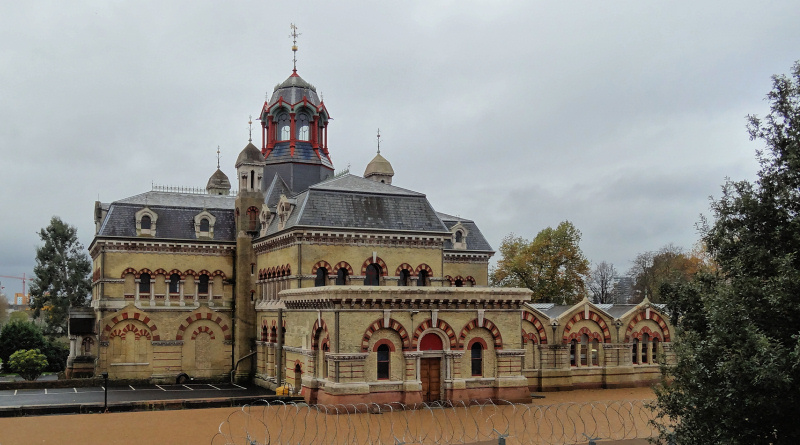- Joined
- 16 Aug 2016
- Messages
- 35
- Reaction score
- 0
- Country

To my gutter down pipeWhere does the other end of your pipe go?

To my gutter down pipeWhere does the other end of your pipe go?
your rainwater should discharge into a soakaway on your land min 2 metres from boundary and min 5 metres from house foundations.
I think your best way forward is to find a solution on your property.
I actually did think about mentioning clay, as indeed that is a mitigating reason -thank you for highlighting thatAbsolute tosh, if the ground is clay then a soakaway is as much use as a chocolate teapot, and many Buildings drain into either a surface water or combined sewer.
yes they might well do -but it doesnt mean it is correctmany Buildings drain into either a surface water or combined sewer.
That section of the regs is only relative as far as new construction is concerned. Whereby new builds/extension should cater for separate system of surface and waste, where a new or replacement separate sewer system is either in place already or being constructed. I think it would be fair to say that there are still many more legacy combined sewers out there than there are separate.yes they might well do -but it doesnt mean it is correct
building regulations do state rainwater should not discharge into foulwater drainage
H5 – Drainage Through a Separate System
Section H5 states that these two systems must be kept separate e.g. rainwater drainage cannot drain into foulwater drainage and vice-versa.
yes they might well do -but it doesnt mean it is correct
convey them to Beckton for treatment.
 www.crossness.org.uk
www.crossness.org.uk

Thanks, sadly a bit of a Busman's Holiday, as spend most my working life now in and around STW's, but the whole project is an amazing feat of Civil Engineering, and it would be interesting to see Bazalgettes achievements up close and personal. (The electric submersibles in use today arent quite as interesting....) The sheer scale of the London Sewerage system is staggering, I have been following the project on Social Media and TV, it will make a massive difference to the quality of the Thames once operational.Well a worth a visit Hugh...
Thanks, sadly a bit of a Busman's Holiday, as spend most my working life now in and around STW's, but the whole project is an amazing feat of Civil Engineering, and it would be interesting to see Bazalgettes achievements up close and personal. (The electric submersibles in use today arent quite as interesting....) The sheer scale of the London Sewerage system is staggering, I have been following the project on Social Media and TV, it will make a massive difference to the quality of the Thames once operational.
Thanks, sadly a bit of a Busman's Holiday, as spend most my working life now in and around STW's, but the whole project is an amazing feat of Civil Engineering, and it would be interesting to see Bazalgettes achievements up close and personal. (The electric submersibles in use today arent quite as interesting....) The sheer scale of the London Sewerage system is staggering, I have been following the project on Social Media and TV, it will make a massive difference to the quality of the Thames once operational.
If you need to find a tradesperson to get your job done, please try our local search below, or if you are doing it yourself you can find suppliers local to you.
Select the supplier or trade you require, enter your location to begin your search.
Are you a trade or supplier? You can create your listing free at DIYnot Local
